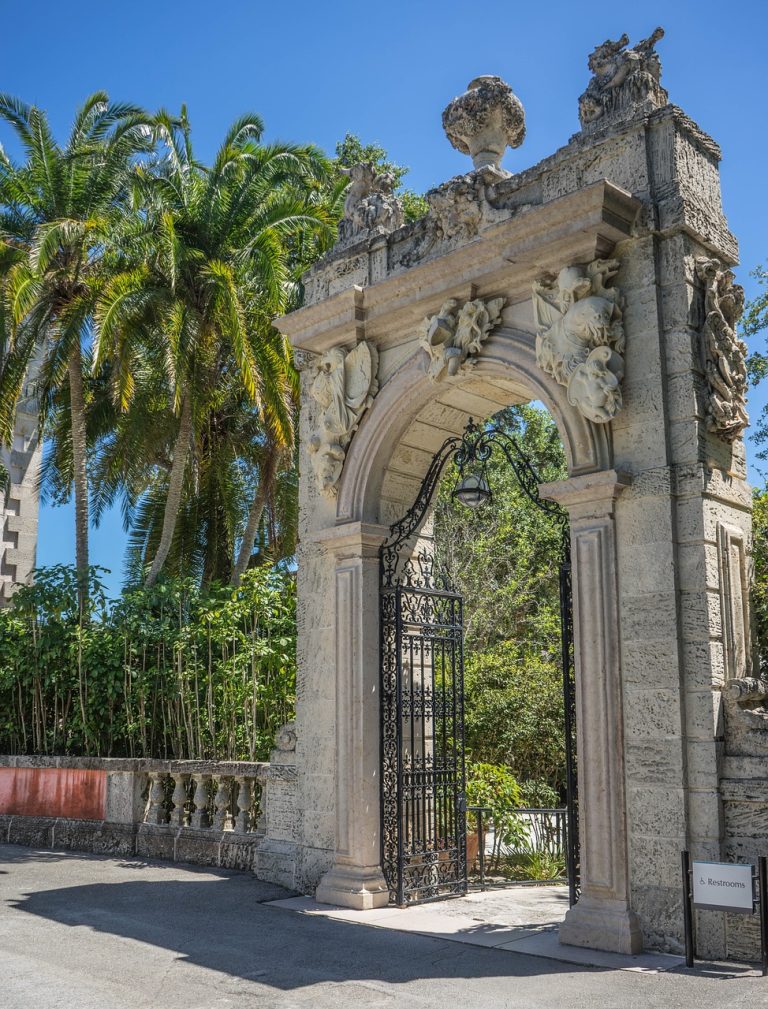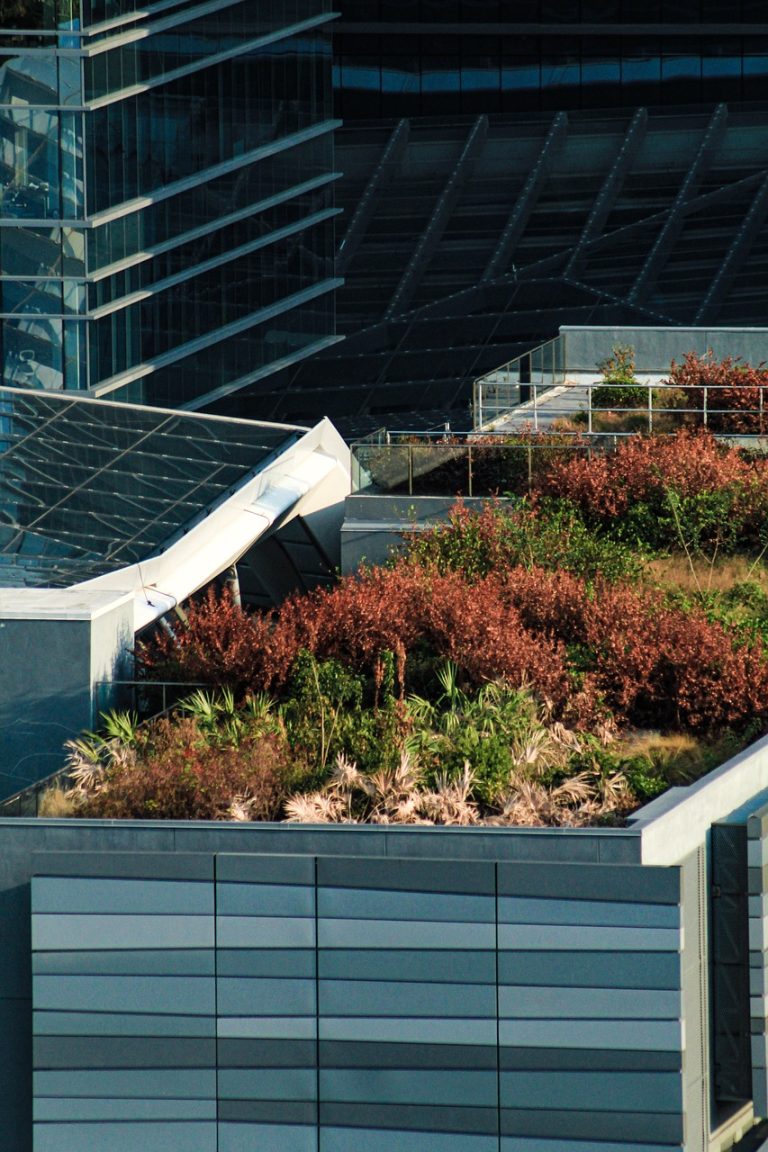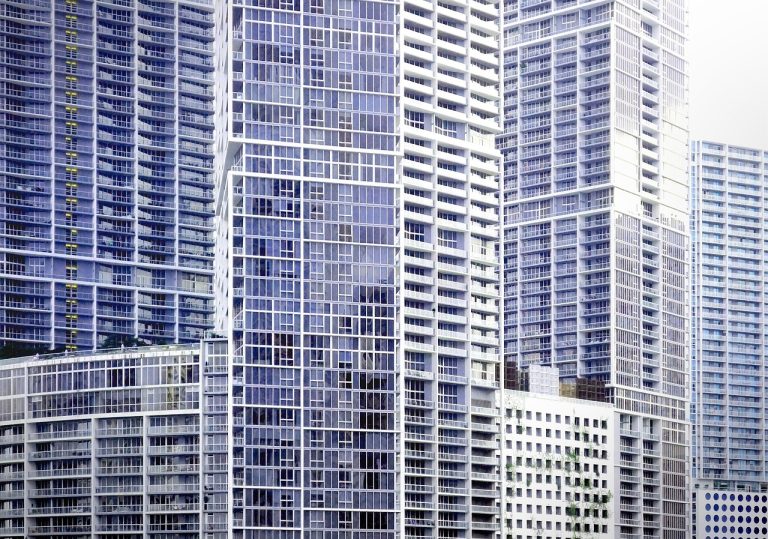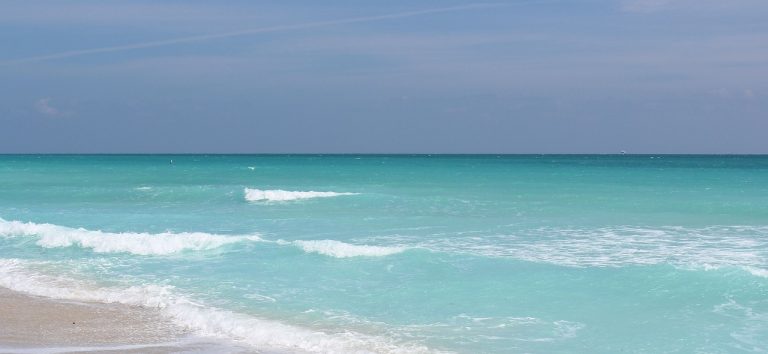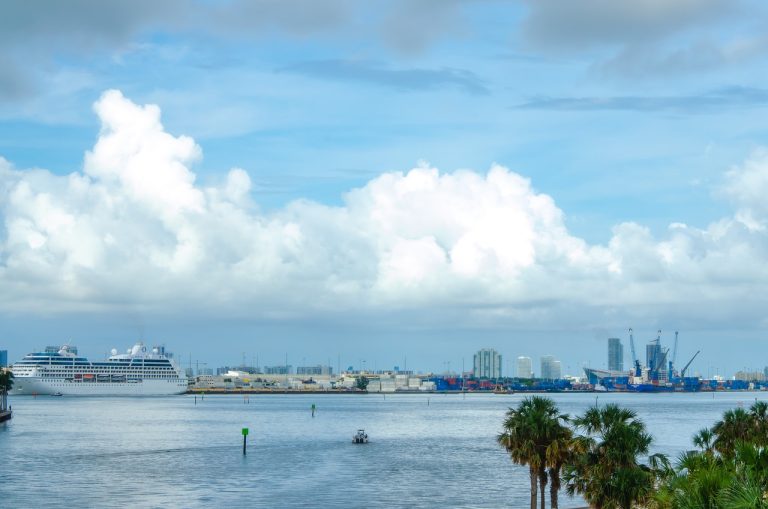Miami Florida Video
The Cultural Evolution of Miami Florida
Miami, Florida, known for its vibrant culture and diverse population, has undergone a fascinating cultural evolution throughout its history. From its early days as a small trading post to its current status as a global city, Miami has experienced significant changes that have shaped its unique cultural landscape. This article will explore the different stages of Miami’s cultural evolution, highlighting key developments and entities that have contributed to the city’s rich heritage.
Early Indigenous Inhabitants
Miami’s cultural evolution begins with its early indigenous inhabitants, including the Tequesta and Seminole tribes. These Native American communities lived off the land, relying on fishing, hunting, and gathering for sustenance. Their presence is evident in the archaeological sites and artifacts discovered throughout the region.
- Tequesta Tribe: The Tequesta tribe was one of the earliest known inhabitants of the Miami area. They established villages along the Miami River and Biscayne Bay, leaving behind shell mounds and other remnants of their civilization.
- Seminole Tribe: The Seminole tribe, originally from the southeastern United States, migrated to Florida in the 18th century. They played a significant role in the region’s history and continue to contribute to Miami’s cultural diversity today.
Spanish Exploration and Colonization
In the 16th century, Spanish explorers arrived in Florida, including Juan Ponce de León who claimed the land for Spain. The Spanish colonization of Miami brought new influences and cultural dynamics to the region.
- St. Augustine: The establishment of St. Augustine, the oldest continuously inhabited European settlement in the United States, marked the beginning of Spanish influence in Florida. It served as a military outpost and trading hub, connecting Miami to the wider Spanish colonial network.
- Spanish Architecture: The Spanish influence is evident in Miami’s architecture, with buildings featuring elements such as stucco walls, red-tiled roofs, and wrought-iron balconies.
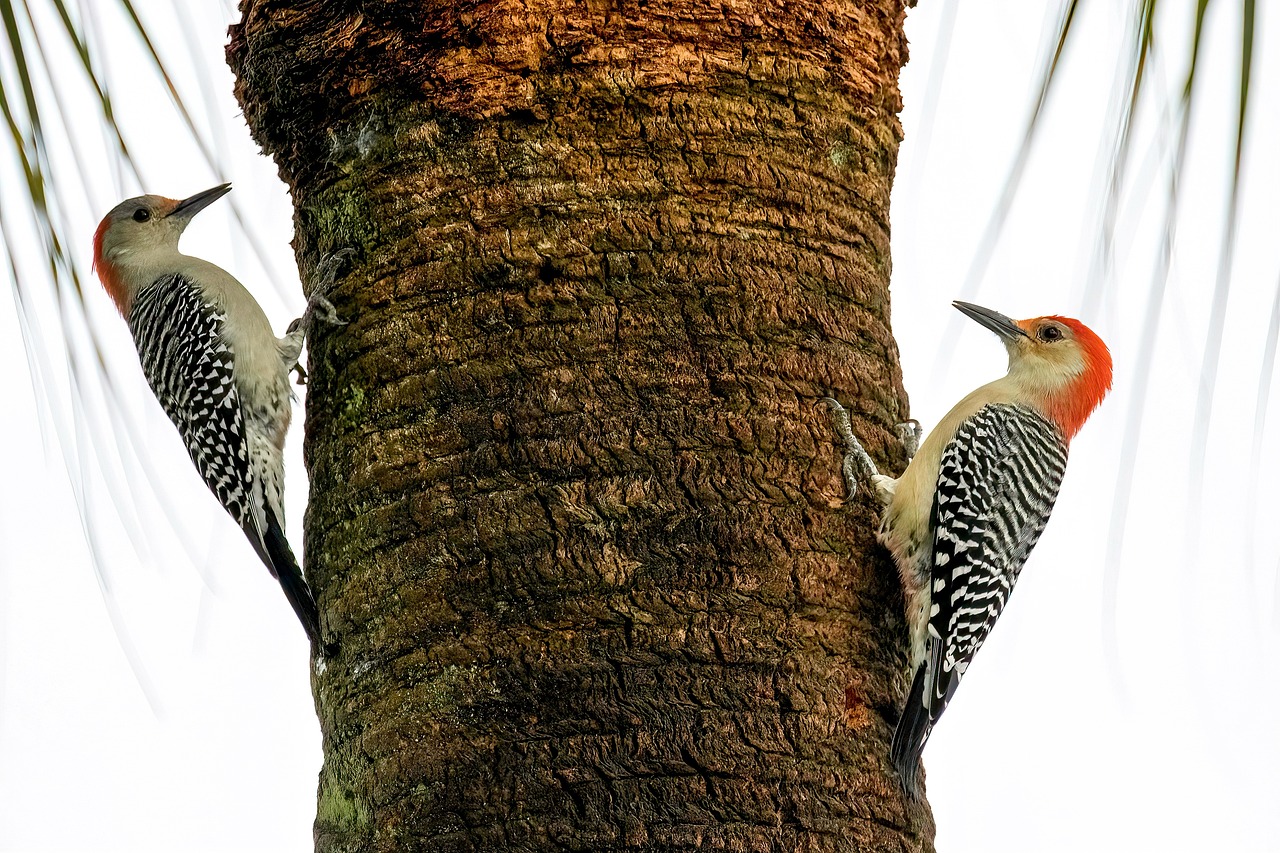
Early 20th Century Migration
The early 20th century saw a wave of migration to Miami, particularly from the northeastern United States and the Caribbean. This influx of people brought new cultural traditions and helped shape the city’s identity.
- Cuban Influence: The Cuban population in Miami grew significantly in the early 20th century, particularly after the Cuban Revolution in 1959. Cuban cuisine, music, and art became integral parts of Miami’s cultural fabric.
- Art Deco Architecture: During the 1920s and 1930s, Miami experienced a construction boom, resulting in the iconic Art Deco architecture that still graces the city’s streets today. The vibrant colors and geometric designs reflect the spirit of the era.
Development of Cultural Institutions
Miami’s cultural evolution also involved the development of various institutions that celebrate and preserve its diverse heritage.
- Miami Art Museum: Founded in 1984, the Miami Art Museum showcases contemporary and modern art from around the world. It serves as a platform for local and international artists, fostering cultural exchange and appreciation.
- Little Havana: The vibrant neighborhood of Little Havana is a cultural hub for the Cuban community. It is known for its authentic Cuban restaurants, live music venues, and the iconic Calle Ocho street festival.
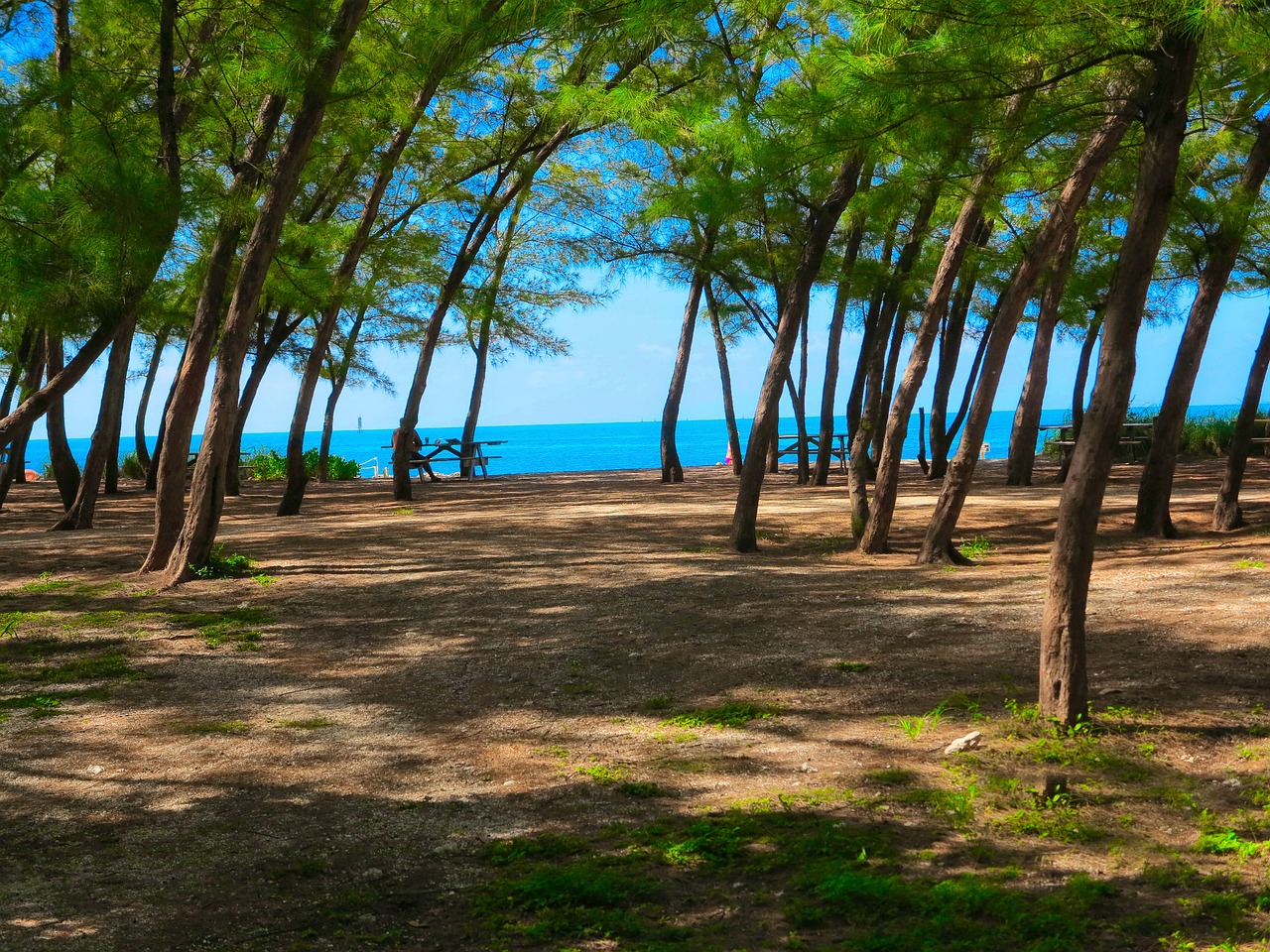
Emergence of Latin American Influence
In recent decades, Miami has become a gateway for Latin American immigrants, further enriching its cultural landscape.
- Venezuelan Community: Miami is home to a large Venezuelan community, who have brought their cuisine, music, and cultural traditions to the city. Areas like Doral have become hubs for Venezuelan businesses and social gatherings.
- Wynwood Walls: The Wynwood Walls, an outdoor street art museum, has become an iconic symbol of Miami’s artistic scene. The colorful murals created by local and international artists reflect the city’s multiculturalism and creative spirit.
Growth of LGBTQ+ Community
Miami has also seen significant growth and acceptance of its LGBTQ+ community, with the emergence of LGBTQ+ neighborhoods and events.
- South Beach: South Beach, known for its vibrant nightlife and beautiful beaches, has become a popular destination for the LGBTQ+ community. It hosts the annual Miami Beach Gay Pride Parade, attracting visitors from around the world.
- Art Basel Miami Beach: Art Basel Miami Beach, an international art fair, includes LGBTQ+ artists and themes, contributing to the city’s inclusive cultural environment.
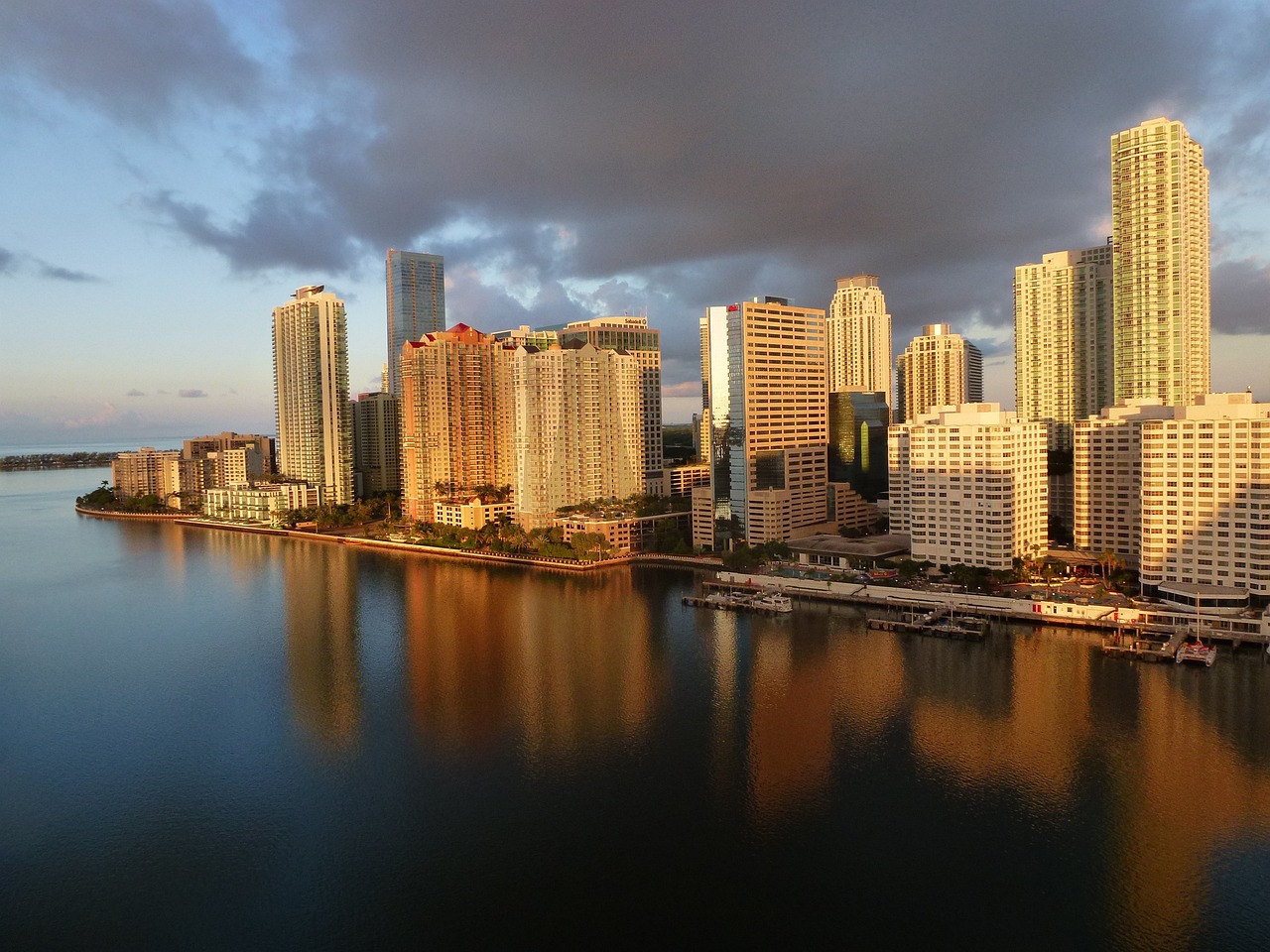
Conclusion
Miami’s cultural evolution is a testament to the city’s ability to embrace diversity and adapt to changing times. From its indigenous roots to the influence of Spanish colonization, waves of migration, and the emergence of vibrant communities, Miami’s cultural tapestry continues to evolve. The city’s cultural institutions, neighborhoods, and events reflect the unique blend of traditions and influences that make Miami a truly multicultural destination.
References
- Miami Art Museum: miamiartmuseum.org
- Little Havana: littlehavanamiami.com
- Wynwood Walls: thewynwoodwalls.com
- South Beach: miamiandbeaches.com/places-to-see/south-beach
- Art Basel Miami Beach: artbasel.com/miami-beach


